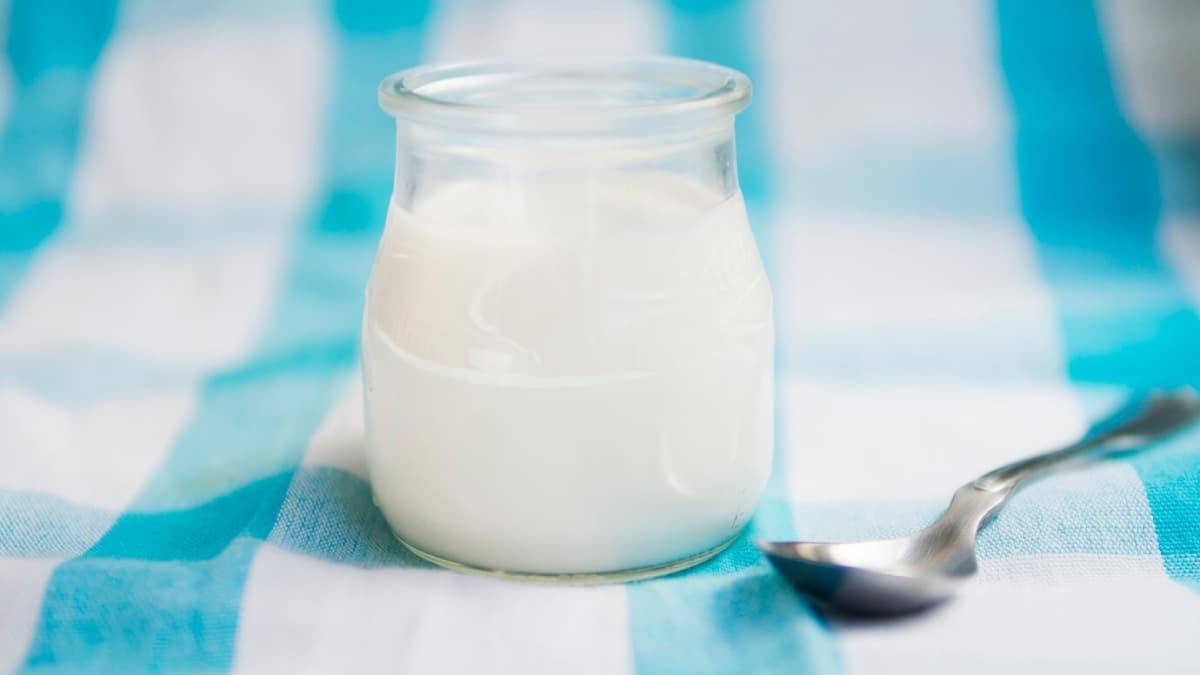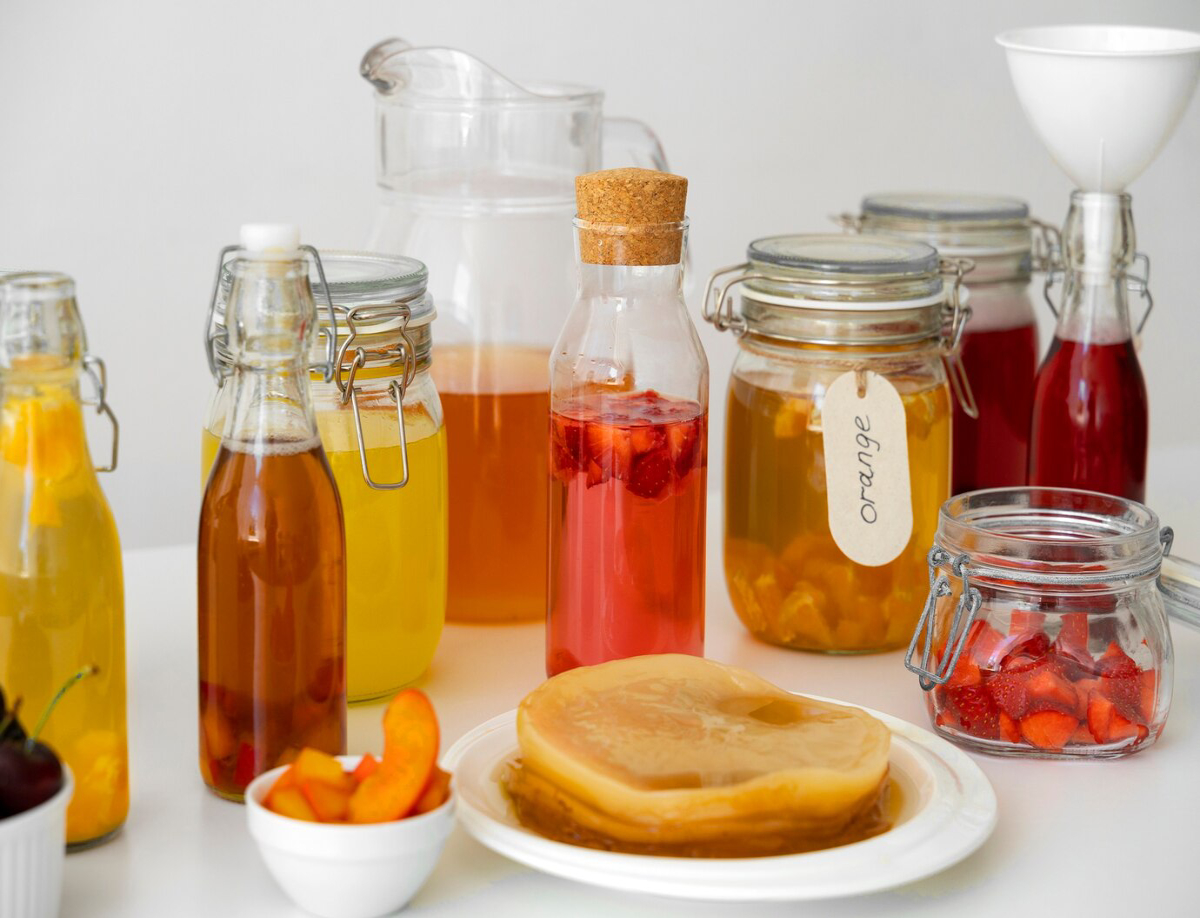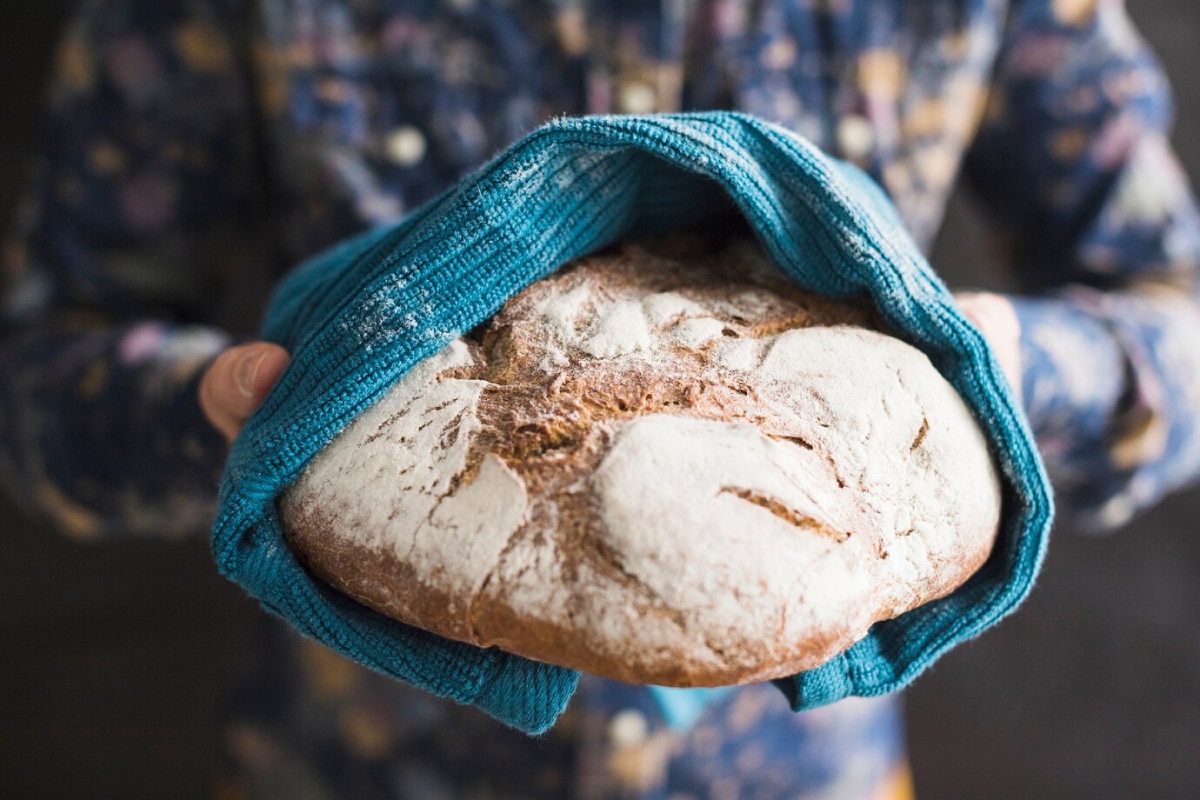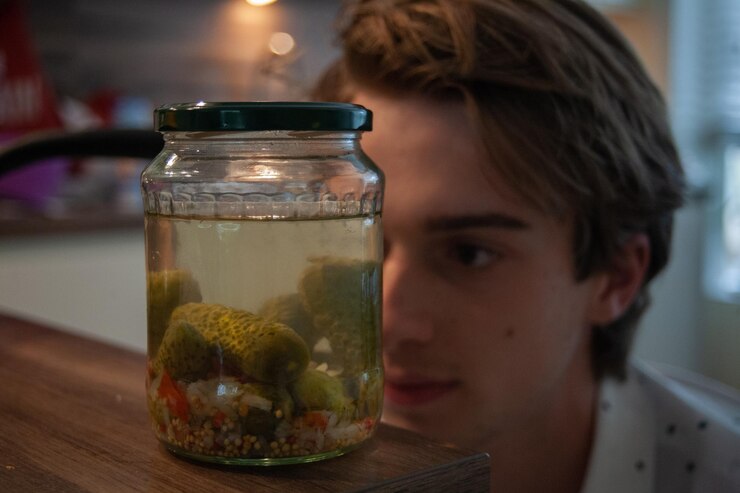
Signs to Watch for When a Ferment Has Gone Bad or Spoiled
Fermentation is magical—you start with humble ingredients and, with a bit of patience, end up with tangy, nutritious, probiotic-rich foods. But like any living process, fermentation has its quirks. Sometimes, that kraut smells a bit off. Or maybe your kimchi has developed a weird film on top. So how do you know if it’s safe to eat? That’s where this guide comes in. We’ll break down everything you need to know about fermentation safety, including clear, reliable ways to spot spoiled ferment signs and answer that oh-so-common question: “Is my ferment safe?”
Whether you’re a beginner nervously eyeing your first jar of pickled carrots or a seasoned fermenter encountering a new anomaly, this post equips you with the knowledge and confidence to make the right call. Because while most ferments go right, knowing how to tell when they go wrong is what separates a casual dabble from truly mindful fermenting.
Why Understanding Ferment Safety Matters
1. Your Health Comes First
Fermented foods are generally safe, but consuming a compromised batch can lead to:
- Digestive upset
- Mould-related illness
- Exposure to harmful bacteria (rare but possible)
2. Builds Fermentation Confidence
Knowing what’s normal helps you stay consistent and creative. You won’t panic at every bubble or sour smell. Instead, you’ll understand the signs and act appropriately.
“When I first started fermenting, I threw away perfectly good jars just because I didn’t know what to expect. This knowledge is empowering.”
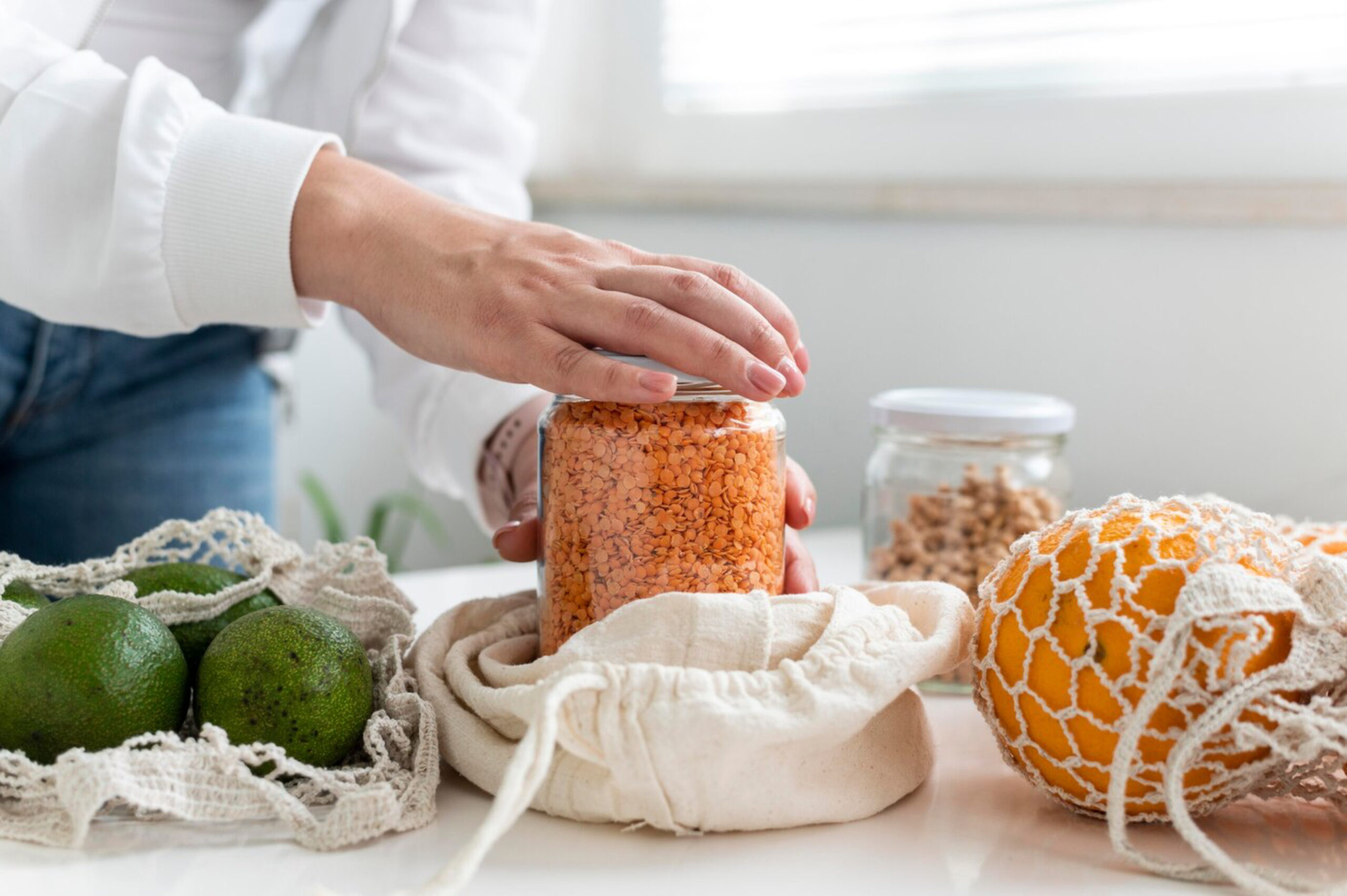
The Basics of Healthy Fermentation
Before diving into danger signs, let’s cover what good fermentation typically looks, smells, and feels like.
Appearance
- Brine is cloudy or slightly fizzy
- Food stays below the brine line
- Tiny bubbles or light foam (a good sign of active microbes)
- Minimal colour change (beyond natural ageing or pickling)
Smell
- Tangy, sour, or slightly funky
- Sometimes yeasty or beer-like
- Strong but not foul or rotten
Taste
- Sour, salty, crisp (if vegetables)
- Clean aftertaste
Top Signs Your Ferment Has Gone Bad
This is the list you want to bookmark or print. These are clear indicators that your ferment is not safe to eat.
1. Visible Mould
What to Look For:
- Fuzzy growth (green, black, pink, or blue)
- On surface of brine or food
Is it safe?
- No. Unlike cheese, you can’t just scrape mould off. Threads can run deep into the ferment.
2. Slimy Texture
What to Look For:
- Vegetables feel mushy, gooey, or stringy
- Brine appears viscous
Is it safe?
- No. While some slipperiness can occur in okra or natto, excessive slime is a red flag.
3. Rotten or Rancid Smell
What to Look For:
- Smells like decay, sewage, or spoiled meat
Is it safe?
- Absolutely not. Trust your nose.
4. No Sourness After Fermentation Time
What to Look For:
- Brine remains clear and flavour stays bland
Possible Cause:
- Fermentation didn’t take (bad starter, wrong temp, or salt issues)
Is it safe?
- Usually not. A lack of sourness = no acid = no protective environment.
5. Jar Exploded or Bulged
What to Look For:
- Bulging lids, cracked glass, leaked contents
Is it safe?
- Dangerous. Pressure buildup without proper gas release can mean yeast overgrowth or contamination.
6. Orange or Pink Hue (Non-Natural)
What to Look For:
- Unnatural colours on food surface or brine
Is it safe?
- Probably not. May indicate microbial contamination.
For storage safety, visit: how to store fermented foods properly
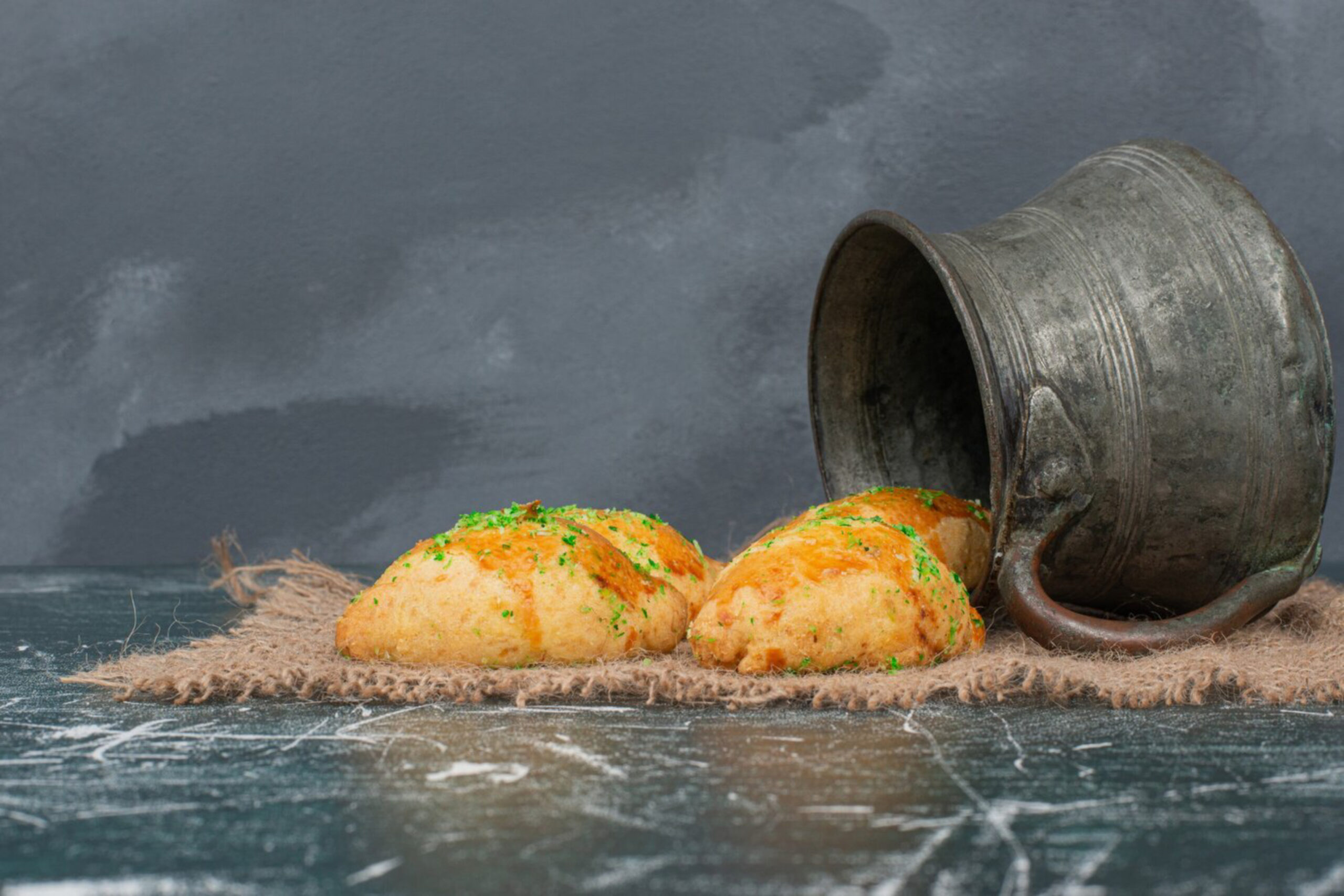
Mould vs Kahm Yeast: Know the Difference
Not all surface growth is mould. Kahm yeast is common and not harmful, though it can affect flavour.
Kahm Yeast Characteristics:
- White or off-white film
- Flat, thin, powdery or creamy
- Doesn’t smell foul
What to Do:
- Skim off gently
- Taste test; if it still smells and tastes good, it’s safe
Tip: Kahm yeast thrives in:
- Low salt brine
- Warmer temperatures
- Jars not fully submerged
Common Beginner Mistakes That Cause Spoilage
1. Food Not Submerged
Why It Matters:
- Air + warmth = perfect for mould
Fix:
- Use fermentation weights or cabbage leaves
2. Too Much or Too Little Salt
Why It Matters:
- Low salt invites spoilage
- High salt halts fermentation
Fix:
- Use digital scale and target 2% salt by weight
3. Dirty Equipment
Why It Matters:
- Bad bacteria can enter via hands, lids, jars
Fix:
- Wash with hot water or food-safe sanitiser
4. Wrong Temperature
Why It Matters:
- Too cold = stalled fermentation
- Too hot = yeast and spoilage dominance
Fix:
- Ideal range is 18–22°C for most vegetable ferments
Smell Check: When to Panic and When to Chill
Safe Smells:
- Sour, tangy, even funky
- Yeasty, pickled
Spoiled Smells:
- Sulphur/rotten eggs
- Vomit or faeces
- Overpowering chemical odour
If unsure, compare with a ferment you know is good. Over time, you’ll develop a nose for it.
What to Do If a Ferment Is Bad
Don’t:
- Taste it to find out
- Try to scrape away mould
- Feed it to pets
Do:
- Discard the whole batch safely
- Compost if possible
- Clean equipment thoroughly before reusing
Emotional Tip:
- Everyone loses a batch. It’s part of the learning curve.

How to Prevent Spoilage from the Start
- Use clean jars, tools, and hands
- Label every batch with start date and recipe
- Keep food submerged
- Use correct salt ratios
- Store in cool, dark places
Need gear? Explore must-have tools for home fermentation
Personal Anecdote: My First Funky Failure
“My first attempt at fermenting red onions ended in disaster. I used iodised salt, skipped weighing, and left the jar in direct sunlight. Within days it smelled like bin juice. Now I use a checklist for every new ferment, and my success rate has soared.”
Quick Reference Table: Safe vs Spoiled
| Sign | Safe? | Notes |
| Bubbles/Fizz | Yes | Natural during active fermentation |
| Cloudy Brine | Yes | Common and harmless |
| Kahm Yeast | Yes | Skim and carry on |
| Mould (fuzzy/coloured) | No | Discard whole batch |
| Slimy Texture | No | Indicates spoilage |
| Rotten/Vomit Smell | No | Immediate discard |
| Sour Smell/Taste | Yes | Desired outcome |
| Surface Film (white) | Maybe | Likely Kahm yeast; evaluate further |
Trust Yourself and the Process
Learning how to recognise a spoiled ferment isn’t about becoming paranoid—it’s about developing confidence. The more you ferment, the more you’ll rely on your senses, instincts, and experience. Knowing what to look for keeps your kitchen safe and your gut healthy.
So, if you’re ever asking yourself, “Is my ferment safe?” – now you know how to answer. Keep this guide handy, keep experimenting, and remember: even failed batches are valuable lessons.
Have you experienced a funky ferment? Share your story in the comments or ask for a second opinion. And don’t forget to subscribe for more hands-on fermentation tips!
